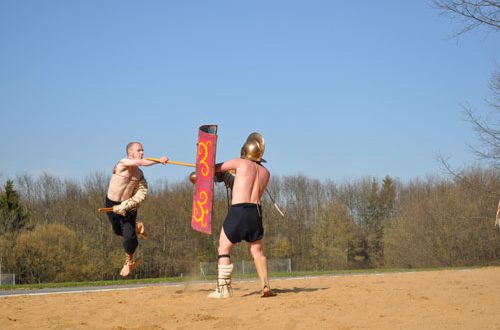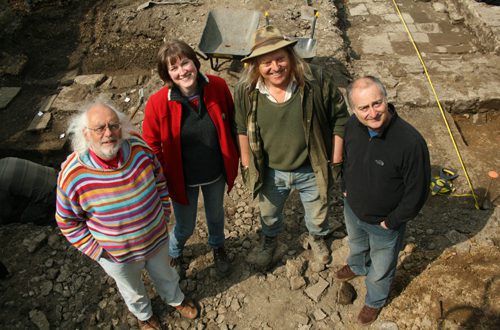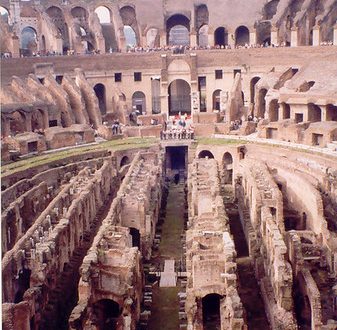The archaeological site at Herculaneum is opening a new exhibition space this Thursday, 16 July, according to Blogging Pompeii, a blog written by archaeological experts currently working on excavation zones in the Bay of Naples. On display for the first time will be a boat and other nautical equipment, carbonized and discovered along the ancient shoreline near the ancient town.
Herculaneum (present day Ercolano, a small Neopolitan suburb at the foot of the volcano that wiped it out over 1,900 years ago) is one of four towns that were destroyed when Vesuvius erupted in August 79 AD. Pompeii is today the most well known of these towns, and a major tourist attraction, but Herculaneum, a smaller but wealthier town than Pompeii, was also lost along with Stabiae and Oplontis. About 250 of Herculaneum’s inhabitants had taken refuge from the falling lava and ash in boat houses along the beach, but unfortunately for them there was no escaping the pyroclastic flow of hot gas that followed the eruption, or the 20 metres or so of debris that later engulfed the town, sealing it completely until it was discovered in the 18th century by Italian workmen. The preservation of the remains is currently supported by the Herculaneum Conservation Project. Many of the houses at Herculaneum are well preserved – more so than at Pompeii. Papyrus scrolls have been found at a villa there and are currently being digitally ‘read’ – read this blog for more info.
The skeletons in the boathouses weren’t discovered until 1982 and excavations are still going on in the ancient town. The boat now on display is a more recent discovery and will be open to the public at weekends between 10am-12pm, then from 2pm-5pm (only 20 visitors allowed at a time due to limited space). Other exhibits on display will include fishing equipment such as nets, hooks, winches, oars and a boat’s decorated prow. Information will be available in both English and Italian. This exhibition will give an interesting insight into fishing during the Roman period. Click here for panoramic views of the archaeological site of Herculaneum.



